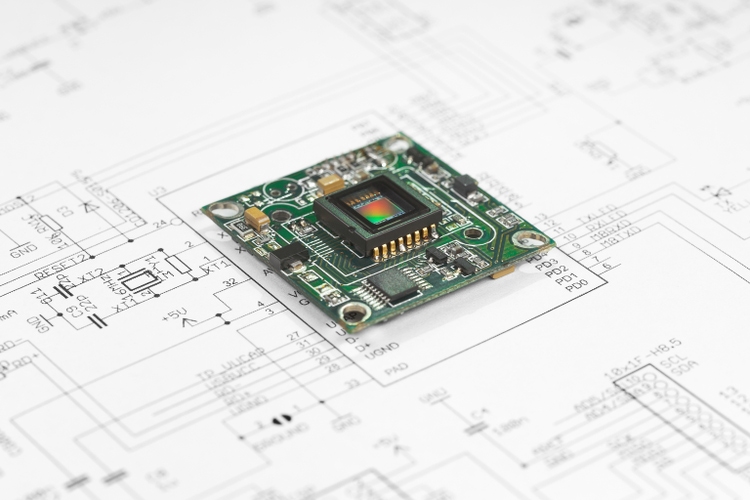
Andrei Berezovskii
Andrei Berezovskii
Though the semiconductor industry is dealing with a weakening global economy, there have been some signs of a bottoming process in certain areas. Nonetheless, the debate is likely to continue between bulls and bears for months, with each side pointing to different data points for their case.
However, in a new assessment of the sector, Bank of America said the bull case for semiconductors is has started to become “compelling” for several reasons:
With that, the firm has laid out its 5 C’s – complexity, cars, cloud, cash-flow and conflict – that the industry continues to benefit from, along with several companies taking advantage of these themes.
Complexity: Complexity obviously ties into how difficult it is to create and design chips. And with the Biden Administration making it harder for China to advance its own semiconductor industry with new export controls, it’s going to be more expensive for companies trying to do so.
That’s where companies like KLA Corp. (NASDAQ:KLAC), Applied Materials (AMAT) and Lam Research (LRCX) shine, said Bank of America analyst Vivek Arya. Arya noted that there already has been a roughly 20% cut to equipment spending for 2023, which has resulted in the semiconductor equipment stocks trading at “compelling valuations.”
Coupled with the governments across Europe and the U.S. bringing back manufacturing to their continents, as well as government stimulus (both the U.S. and EU have passed similar CHIPs Acts), the group is likely to benefit.
Arya noted the key risk for the group would be “further deteriorating” in the smartphone and data center spaces, which could further bring down spending from “more resilient” foundries, such as Taiwan Semiconductor (TSM).
Cars: Companies like ON Semiconductor (ON) and NXP Semiconductors (NASDAQ:NXPI) are poised to benefit, as Arya believes that “every car will ‘look like’ a premium electric vehicle, just as every smartphone looks like an iPhone,” and which would imply a doubling of chips towards $1,000 or more per car.
Cloud, connectivity: This is an area that is likely to see many beneficiaries, but Nvidia (NASDAQ:NVDA) is the firm’s top pick in this space as Arya said there is an “exponential growth in computing complexity required for AI and high-speed networking.”
Arya also noted that the demand for public cloud services is likely to triple by 2026 to roughly $300B, which is seen as “structurally positive” for Nvidia (NVDA), as well as Marvell Technology (MRVL), Advanced Micro Devices (AMD), Broadcom (AVGO) and Credo Technology (CRDO).
Cash flow consistency: Analog Devices (NASDAQ:ADI), the firm’s top pick in this space, as well as Broadcom (AVGO) and Microchip Technology (MCHP) are favored for their consistent cash flows buoyed by longer pricing trends. All three are seen as having “best-in-class” free cash flow margins of 30% or more, along with dividend yields of 1.8% or more and an estimated compound annual growth rate for free cash of 10% or more from 2021 to 2024.
Conflict: Arya noted that any conflict in southeast Asia would be negative for “all chip stocks” and while there is no substitute for Taiwan Semiconductor (TSM), GlobalFoundries (GFS) could continue to gain market share on worries over the persistent threat of conflict, as well as continued subsidies from the U.S. and EU.
Earlier this week, Nvidia (NVDA) confirmed that it launched a new chip in China that adheres to recently introduced U.S. export rules to prevent access to cutting-edge tech.